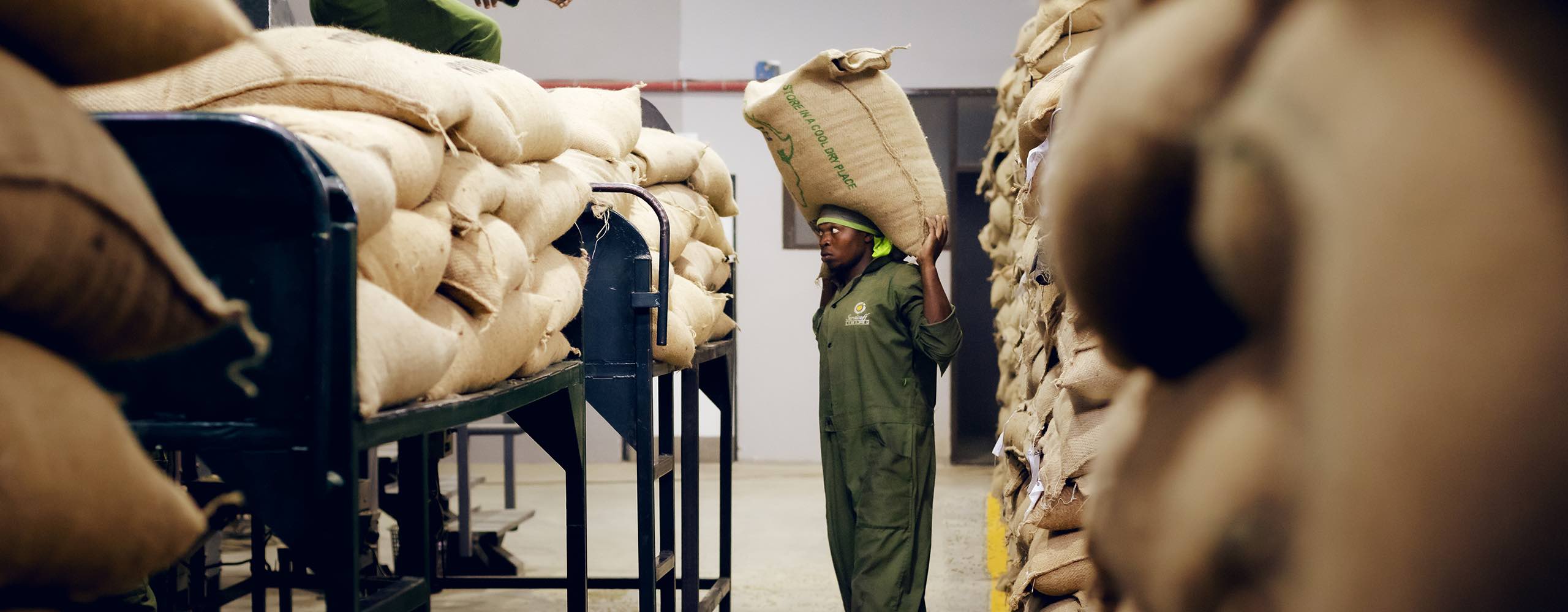Peeling back the pulp
PROCESSING METHODS
Converting coffee cherries into quality coffee beans requires extensive and delicate processing. The techniques and methods vary based on several factors including location, climate and even season. With each specific method determining the quality of coffee produced.
ENVIRONMENTAL CONCIOUSNESS
We always strive to use the most natural method with the highest proven quality, the least amount of waste and the lowest possible impact on the environment.
Removing the pulp
PULPING
We pass the freshly harvested cherries through a pulping machine where the skin and pulp is separated from the bean. The fruit covering the beans are removed before they are dried. Coffee processed using this method are referred to as “wet processed or washed coffee”. The wet method requires the use of specific equipment and a lot of water which produces better quality coffee than dry processing
WASTEWATER
The pulp is washed away with water, usually, to be dried and recycled as mulch. This serves as a very good all-purpose manure. The water produced by wet processing can be damaging to the coffee plants. At our farms the wastewater along with the shell and mucilage are reprocessed in a segregated area as compost, to be used in other soil fertilization programs.
Grading the coffee beans

After fermentation the coffee is sent into the grading channels where they are washed and cleaned with the purest water.
Drying Coffee Parchment

Pulped coffee, still encased inside the parchment envelope (the endocarp) needs to have a moisture content of 11% before it goes through the process of milling. For the best results and quality, our coffee is sun dried on drying tables where it is turned regularly to ensure that it dries evenly. During the rainy seasons and “winter months” it is not possible to sun-dry the coffee parchment, thus the coffee has to be dried mechanically with fans in special drying rooms.
Sorting cofee parchment

Once the dried coffee attains the required moisture content, it goes through another rigorous sorting process, this time it is sorted by size and density and graded a Parchment 1-4 (P1-P4) with parchment 1 being the best quality (most dense) and 4 being the least (lightest). The coffee is also evaluated for colour flaws, imperfections and damage that could have been incurred while drying.



